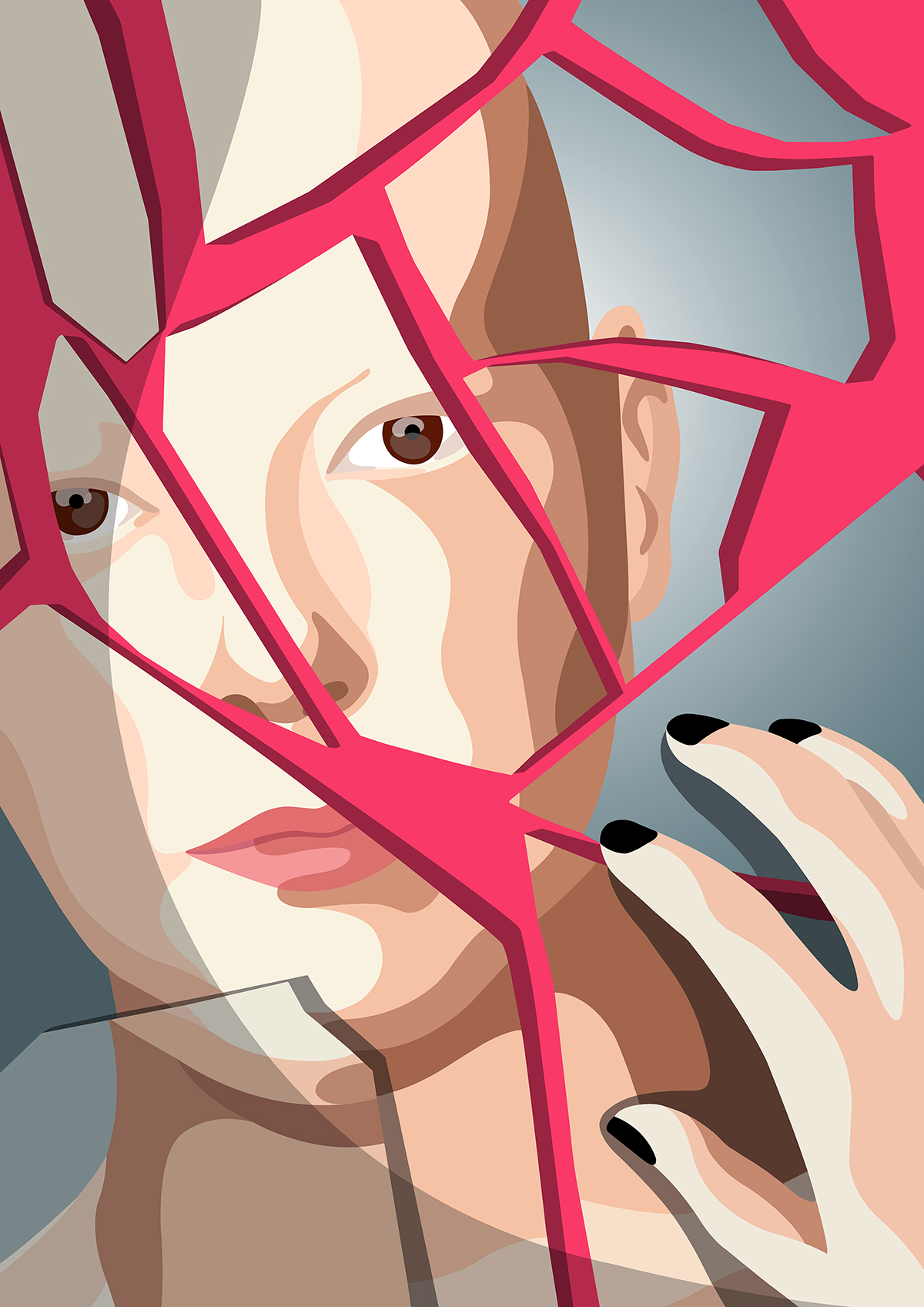

Chemotherapy…dreaded by patients And deadly for cancer cells

To beat cancer, I followed, like many of you, a chemotherapy protocol.
As a medical treatment in its own right in the fight against cancer, the word “chemotherapy” is still frightening and is feared for its long list of side effects: hair loss, chronic fatigue, nausea, weakening of the immune system, etc.
Yet these molecules have revolutionized the treatment of cancer.
Through this article, I wish to help you understand how this treatment works, to better understand and accept it.
What is chemotherapy?
Chemotherapy can be prescribed for most cancers, but is not always used routinely. The choice of treatment protocol is proposed after a multidisciplinary consultation meeting (RCP), which takes into account different criteria: the results of your examinations, family history…a real evolution that ensures you have the treatment best suited to your situation.
Chemotherapy: one treatment, a range of medications
Chemotherapy aims to eliminate cancer cells wherever they are in the body, including those that have not been detected by imaging tests.
Chemotherapy works by either destroying them directly or preventing them from multiplying.
Each cancer is unique and requires appropriate treatment. Chemotherapy is therefore not a drug, but a treatment principle that encompasses a wide range of drugs.
Some chemotherapies can be administered orally, others intravenously, some are of low toxicity, others more…
The frequency of administration and its duration depend on your care protocol.
Chemotherapy : one treatment, different situations
The doctor may propose chemotherapy treatment in different situations:
- -After surgical removal of the tumor, this is referred to as adjuvant chemotherapy. The goal is to reduce the risk of local or distant recurrence by eradicating microscopic cancer cell foci not detected by the current imaging “check-up”.
- Before surgery, this is called neoadjuvant chemotherapy. The aim is to reduce the size of the tumor and thus facilitate the operation. It will also attack possible tumor cell foci at a distance.
- To treat metastases, i.e. cancer cells that have spread to other parts of the body and have been able to implant and multiply there, we speak of metastatic chemotherapy.
The role of neoadjuvant chemotherapy in breast cancer has evolved considerably since the 1980s .
Previously, this treatment was offered only for inflammatory or locally advanced tumors that were not immediately operable.
It is now being extended to large tumors that can be operated on immediately but require a mastectomy. Thus, neoadjuvant chemotherapy significantly increases the possibility of breast conservation (60% to 70% conservation).
In addition to this clinical benefit, it allows in vivo study, with rapid results, of the sensitivity of the tumor to the drugs used.
This potential for discovery has important clinical implications, with the hope of prescribing less chemotherapy in the future, but in a more targeted manner.
In addition, for certain breast cancers that do not respond well to “neoadjuvant” chemotherapy, “catch-up” treatments such as T-DM1 or “Kadcyla” can now be prescribed after surgery for HER2 positive breast cancers.
How does chemotherapy work?
intravenous or oral
Chemotherapy treatment can be administered in several ways:
- Intravenously, the drugs, in liquid form, are administered drop by drop into the veins through an infusion. This route of administration allows for rapid diffusion of the drugs throughout the body. Infusions are often performed in an outpatient hospital, but may also require hospitalization when they last several days.
- Oral medication, in the form of tablets or capsules, is administered by mouth in your home. Like food, they are absorbed through the lining of the intestine and are then carried through the bloodstream to the cancer cells. Most chemotherapy drugs are available at your local pharmacy.
- Intramuscular (injections into the muscle)
The way chemotherapy treatment is administered varies depending on the drugs used, the frequency and duration of treatment. The medical team adapts the method of administration to each individual.
It should be noted that the effectiveness of the treatment is not related to the way it is administered or to the extent of the side effects.
The implantable chamber and the PICC-line
Administering chemotherapy into small veins such as those in the arm is sometimes difficult. This is why your health care team, to facilitate infusions and to administer your treatment safely, will offer you an implantable chamber before starting chemotherapy.
 The implantable chamber (or port-a-cath or PAC) is composed of a box placed under the skin, connected to a large deep vein by a catheter. During infusions, a specific needle is placed through the skin in the housing. The rest of the time, it is possible to continue your usual activities (sports, showers, …) and lead a normal life.
The implantable chamber (or port-a-cath or PAC) is composed of a box placed under the skin, connected to a large deep vein by a catheter. During infusions, a specific needle is placed through the skin in the housing. The rest of the time, it is possible to continue your usual activities (sports, showers, …) and lead a normal life.
The procedure takes place in the operating room, under local (or general) anesthesia and lasts about 30 minutes. The device can be used immediately after its installation.
The PICC-line is a catheter introduced into a superficial vein of the arm, but whose tip is placed in a large deep vein. This device has the advantage of being easily removed at the end of treatment, or in case of infection.
It is most often used for treatments lasting a few weeks, or for patients at risk of infection.
Real therapeutic advances in breast cancer: The point of view of Dr. Martine Piccart
Le BIG (Breast International Group)
LE BIG, is an initiative to promote collaboration and accelerate the development of better breast cancer treatments. It was founded in 1999 by Drs. Martine Piccart and Aron Goldhirsch.
A professor of oncology, Scientific Director of the Bordet Institute and member of numerous societies and institutions working in the fight against breast cancer, Dr. Piccart is a leading figure in clinical research and fundamental science, who has played an active role in the development of new cancer drugs and treatments. In 2013, she received one of the most prestigious awards for oncologists who have made outstanding contributions to cancer research: the David A. Karnofsky Award in the United States.
Today, LE BIG has 55 academic breast cancer research groups from around the world and oversees more than 30 clinical studies, many of which are considered major advances in research against this terrible disease. “Even if medicine continues to make progress, we are still far from a true personalization of treatments. “Breast cancer will not disappear, but helping research is helping to ensure that it no longer kills”.
Towards therapeutic de-escalation
Under the aegis of LE BIG, several research projects are evaluating the possibility of reducing the aggressiveness of treatments dedicated to the management of breast cancer, including two main ones concerning the use of chemotherapy.
- The MINDACT study, conducted in 9 European countries, uses recent contributions from genomics.Genomics is a discipline of modern biology that studies the functioning of an organism, an organ, a cancer…at the genome level (all the genetic information of an organism), rather than at the level of a single gene. Nearly half of patients over 50 years of age at high risk based on the size of their breast cancer and/or lymph node involvement could avoid chemotherapy if the MammaPrint® tumor genomic test was performed and revealed a low genomic risk.
- The DECRESCENDO study will attempt to assess whether patients with HER2-positive breast cancer with lymph node-negative and hormone-receptor-negative breast cancer can avoid chemotherapy based on their response to pre-surgical treatment. Patients whose tumors show a complete response to surgery will have their chemotherapy stopped and will continue to receive only their anti-HER2 treatment, which is a highly tolerated 2 antibody-based regimen.
Ozalys, to relieve the side effects of chemotherapy
Rapidly developing cells
Chemotherapy is based on the administration of so-called “cytotoxic” drugs that will destroy tumor cells. They can act on different processes involved in the multiplication of cells, either by destroying them directly or by preventing them from multiplying.
Thus, they attack all rapidly developing cells. Unfortunately, their action is not selective; they do not differentiate between cancerous and healthy cells.
We have in the body healthy cells that develop rapidly, such as skin cells, hair, nails… hence the side effects on these tissues.
From personal experience to a committed brand
During my battle with cancer, the chemotherapy was so overwhelming that my body felt like it was in tatters. My bathroom was overflowing with products that I could not use because none of them were doing me any good. The more I bought, the less I liked them.
 That usually sweet and pleasant moment of the morning routine quickly became hell for me. Every day I was fighting a battle with my own body, a body that I no longer recognized, that obeyed only to illness and hurt me terribly.
That usually sweet and pleasant moment of the morning routine quickly became hell for me. Every day I was fighting a battle with my own body, a body that I no longer recognized, that obeyed only to illness and hurt me terribly.
Out of this struggle and realization was born a range of care designed for women and people affected by cancer, care to bring them comfort and reassurance in complete safety, during and after the illness. You know the rest…
Today, Ozalys is a high design dermo-cosmetic brand distributed in more than 30 countries.
TO CONCLUDE
Chemotherapy is a dreaded treatment because of its many side effects, but it is also a dreaded treatment for cancer cells and a chance to benefit from it.
Unfortunately, this is not the case in all countries, where inequalities in cancer care remain, with a dramatic impact on survival rates.

